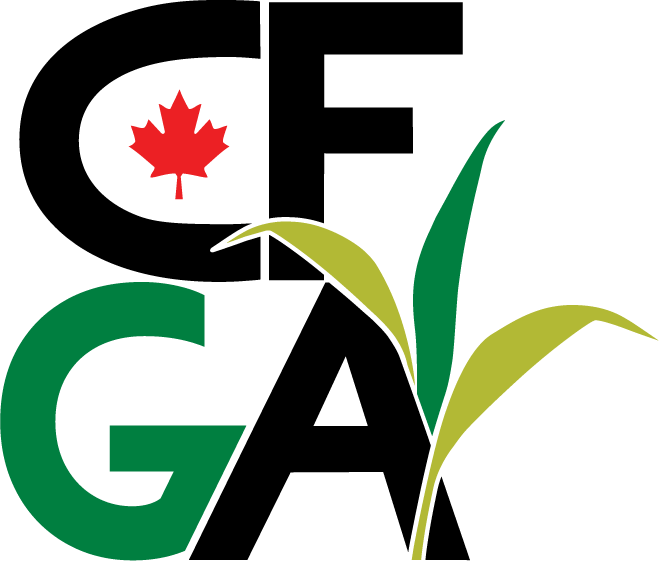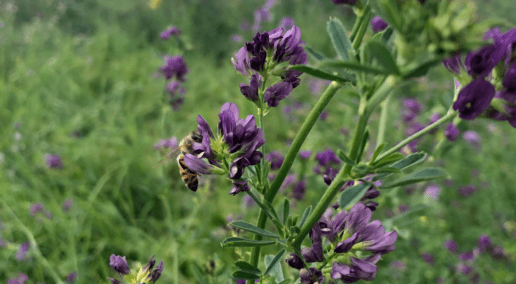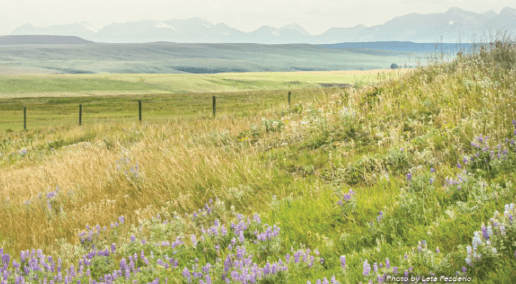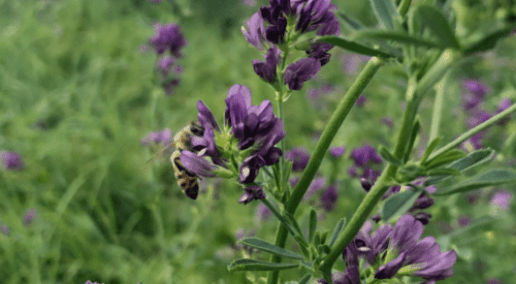During the morning session on Nov. 30 at the Canadian Forage and Grassland Association’s 14th Annual Conference in Harrison Hot Springs, B.C., Nasem Badreldin from the University of Manitoba presented his talk on national grassland mapping.
Nasem explained that in order to understand grassland mapping, we must understand the rationale behind it. Why are we doing this digital mapping? Simply put, we use grassland mapping in order to protect our grasslands. Native grasslands are especially difficult and costly to bring back when they are altered.
He said it is estimated that around 21.8 per cent of the global natural habitat has been transformed for human land uses and more that 50 per cent of native landcover in North America, such as native grasslands, mixed forests and savannas, has been lost. This does not take into account the climate change impacts and land degradation these habitats experience.
The objectives of grassland mapping include developing a classification system for various grassland types to be able to assess the accuracy of grassland mapping methodologies as well as to enhance the speed and efficiency of grassland mapping processes. Those involved in grassland mapping are doing so by learning from past mapping approaches. Previous methods were less automated, time-consuming and required human input and expertise to interpret satellite data. It is also very difficult to have a detailed map every year of high accuracy. Some questions we are asking, he said, are: Do we need an annual map? How are these grasslands changing over time?
The new method for grassland mapping involves remote sensing, spatial resolution, temporal frequency and spectral resolution. It also involves geospatial data analytics as well as unsupervised learning in the form of random forest AI machine learning.
The Manitoba prairie was the first grassland map made to test the accuracy of grasslands versus other habitats. Results showed this had a 95 per cent accuracy and was able to further extract these pixels and break them into tame, native and mixed grasslands. Some issues still presented as there were some wetlands that appeared as tame grasslands.
Alberta’s map soon followed. This showed a 96 per cent accuracy while also breaking them down into the tame, native and mixed categories. There were some inaccurate results found around Beaver Hill Lake. They also did Saskatchewan’s map which showed similar results.
By combining Alberta, Saskatchewan and Alberta maps into one, they were able to bring the entire prairie together and can see there is a continuity along the features. This showcases strong accuracy. There are still some accuracy limitations with the program, specifically in ground control point (GCP) precisions.
Some next steps for the program are to join efforts and work together to decide and agree on a national grassland classification system as well as to increase team members per research funding. On the more technical side of things, the program is using different data sets and sharing their technical results with other groups, including data regarding soil and climate.
Conference recordings
To hear all of this session, you can purchase access to it and all of the recordings from the 2023 conference proceedings. Note, if you attended the 2023 conference, the recordings are available for free to those who registered for the conference.
For more information, email [email protected].
Back to Most Recent



Leave a Comment